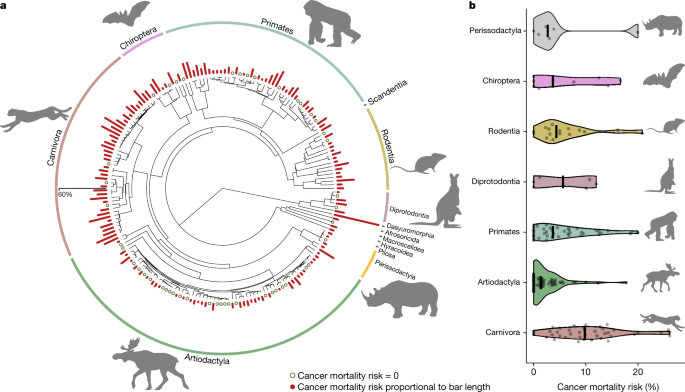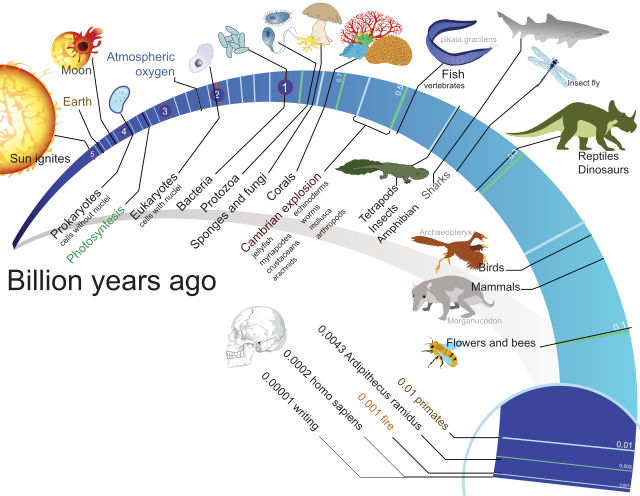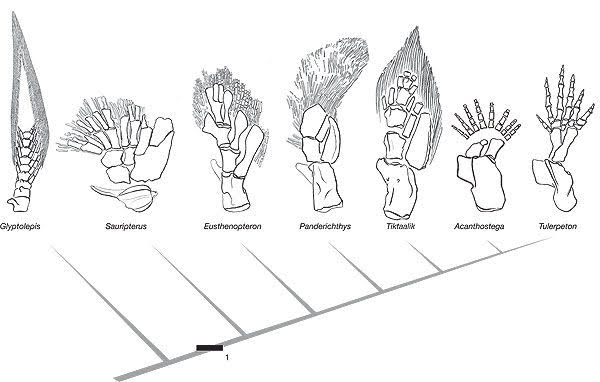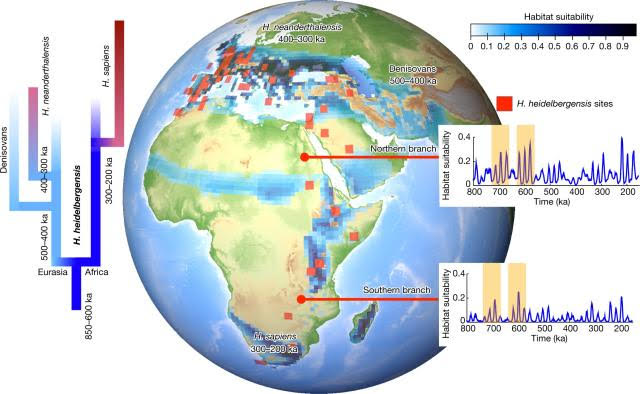Dear colleagues and friends,
A dear colleague shares with us this article reporting on advances in knowledge about the mechanisms of species evolution, written by Nancy Bazilchuk, published on May 10, 2024 in the Norwegian SciTech News section of the Norwegian University of Science and Technology (NTNU) and translated by us for this space. Let's see what they tell us about it...
Ever since Charles Darwin published his historic theory about how species evolve, biologists have been fascinated by the intricate mechanisms that make evolution possible.
Can the mechanisms responsible for the evolution of a species over a few generations, called microevolution, also explain how species evolve over periods of time that extend to thousands or millions of generations, also called macroevolution? A new article, just published in Science, shows that the ability of populations to evolve and adapt over a few generations, called evolvability, effectively helps us understand how evolution works on much longer time scales.

“Darwin suggested that species evolve gradually, but what we found is that although populations evolve rapidly in the short term, this (short-term) evolution does not accumulate over time. However, how divergent populations and species are, on average, over long periods of time still depends on their ability to evolve in the short term,” said Christopher Pélabon, professor in the Department of Biology at NTNU and lead author of the article.
Large data sets of living beings and fossils

They also examined information from 150 different fossil lineages, where other researchers had measured differences in the morphological traits of fossils over periods of time as short as 10 years and as long as 7.6 million years.

What they found was that traits with greater capacity for evolution were more divergent between existing populations and species, and that traits with greater capacity for evolution were more likely to be different from each other between two consecutive fossil samples.
On the contrary, traits with little capacity for evolution or little variability did not change much between populations or between successive fossil samples.
Environmental fluctuation is the key
Traits with the greatest capacity for evolution change rapidly because they are able to respond to environmental changes more quickly, Pélabon said.
The environment (things like temperature, the type of food available, or any other characteristic important to the individual's survival and reproduction) is the driving force behind evolutionary changes because populations try to adapt to their own environment. Normally, environments change from year to year or decade to decade, fluctuating around stable media. This causes fluctuation in the direction of selection.
Highly evolvable traits can respond quickly to these fluctuations in selection and will fluctuate over time with great amplitude. Traits with little capacity for evolution will also fluctuate, but more slowly and, therefore, with less amplitude.
“Populations or species that are geographically distant from each other are exposed to environments whose fluctuations are not synchronized. Consequently, these populations will have different trait values, and the size of this difference will depend on the extent of the fluctuation of the trait and, therefore, on the ability of the trait to evolve,” said Pélabon.
Consequences for biodiversity

The researchers' results suggest that selection and, therefore, the environment have been relatively stable in the past. With climate change, things are changing rapidly and mainly in one direction. This can strongly affect selection patterns and the way in which species can adapt to environments that still fluctuate but around optimal levels that are no longer stable even for periods of a few decades.

Finally, he commented, “It is uncertain how many species will be able to follow these optimals and adapt, but it is most likely that this will have consequences for biodiversity, even in the short term.”

